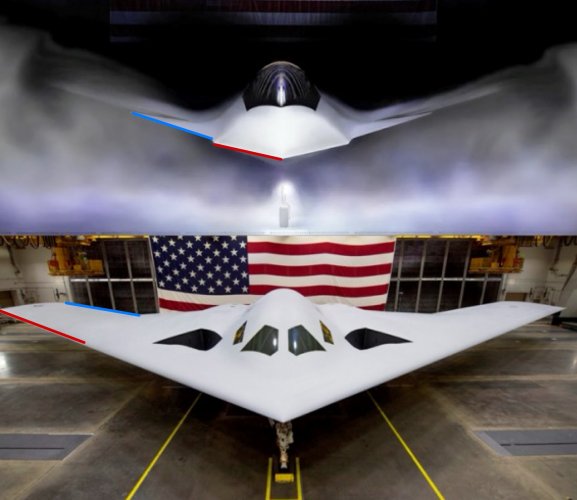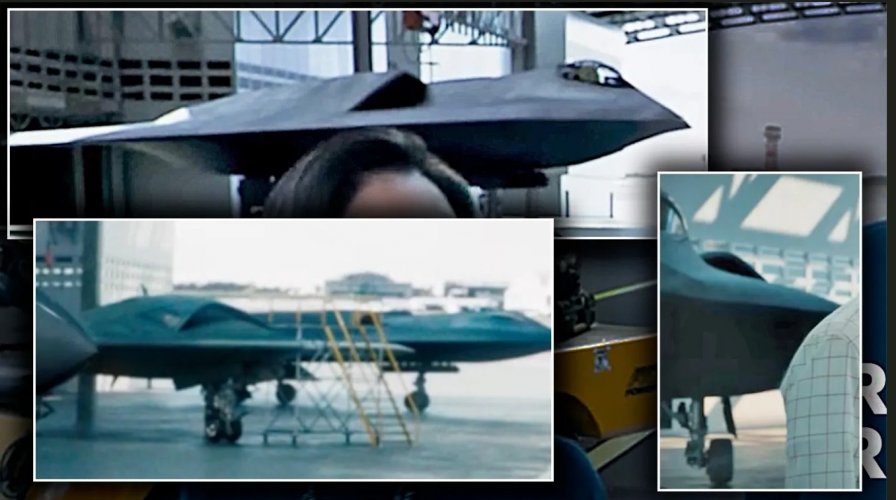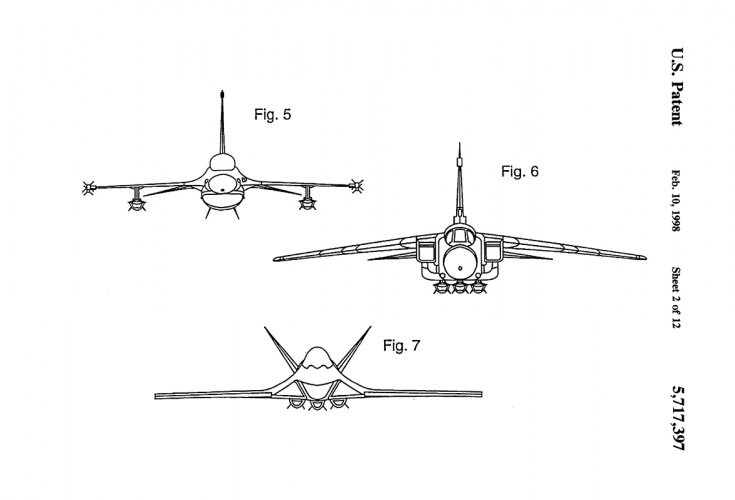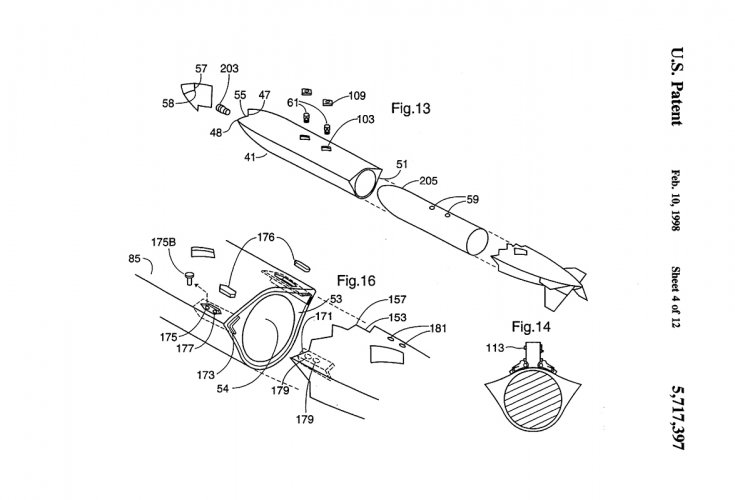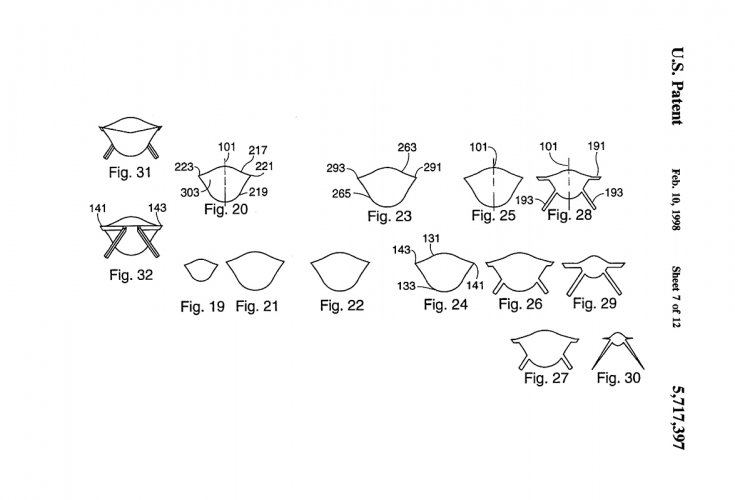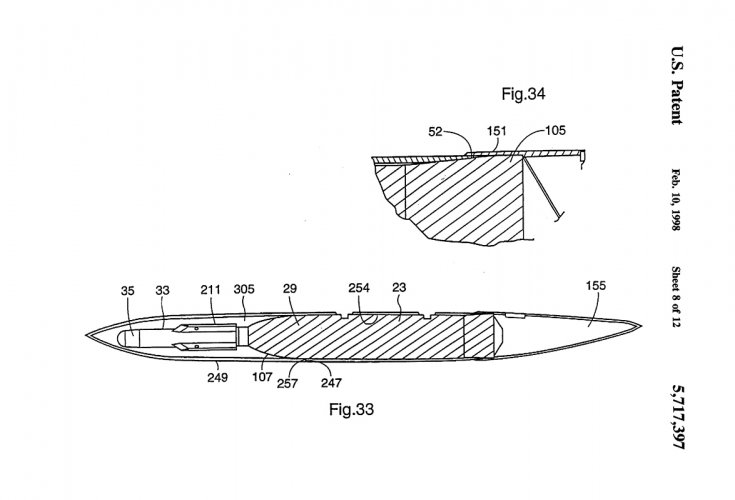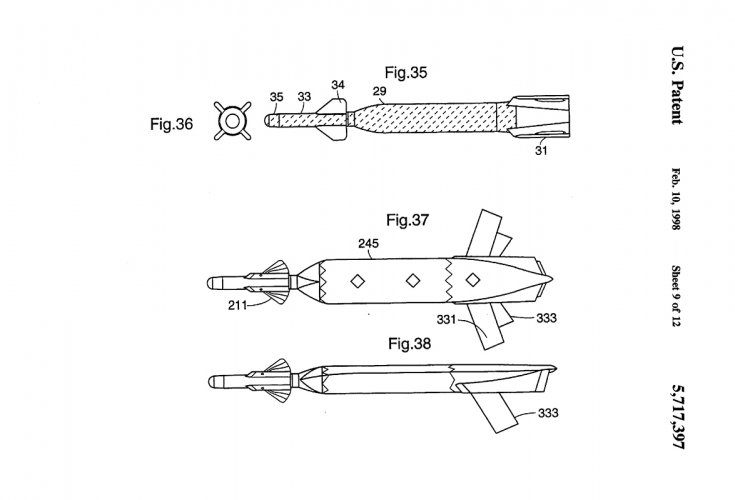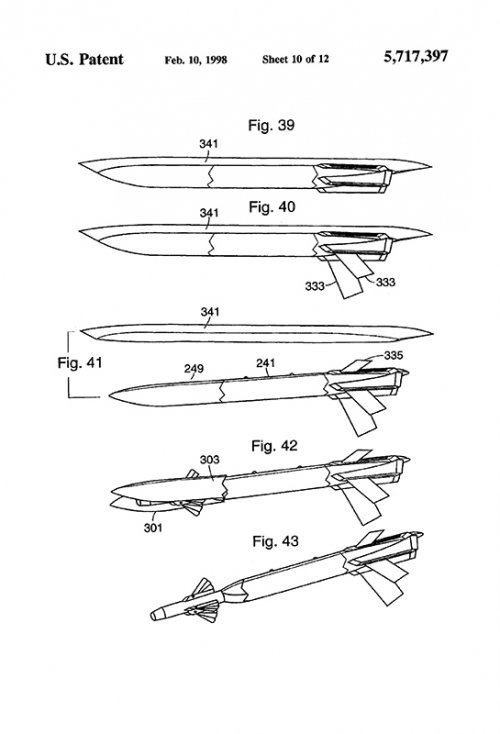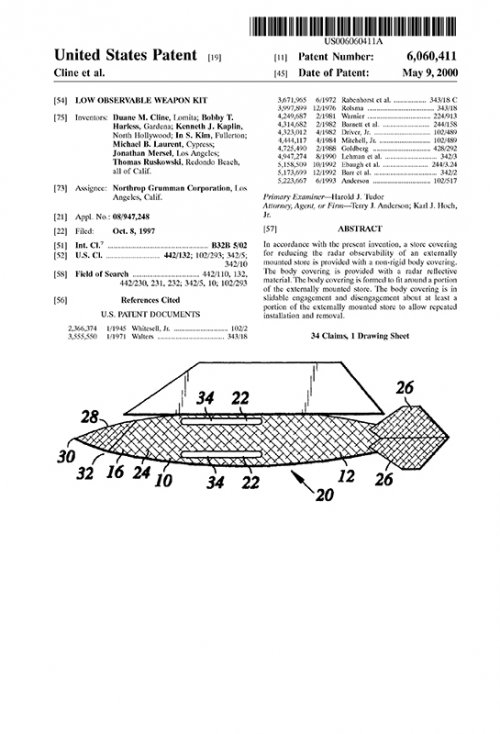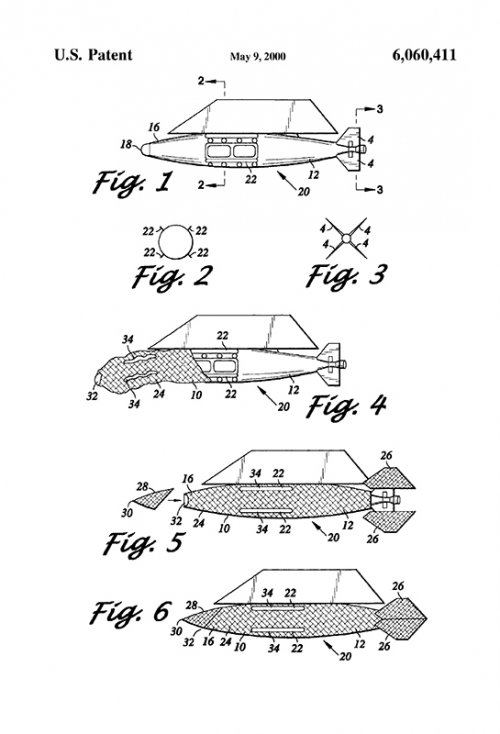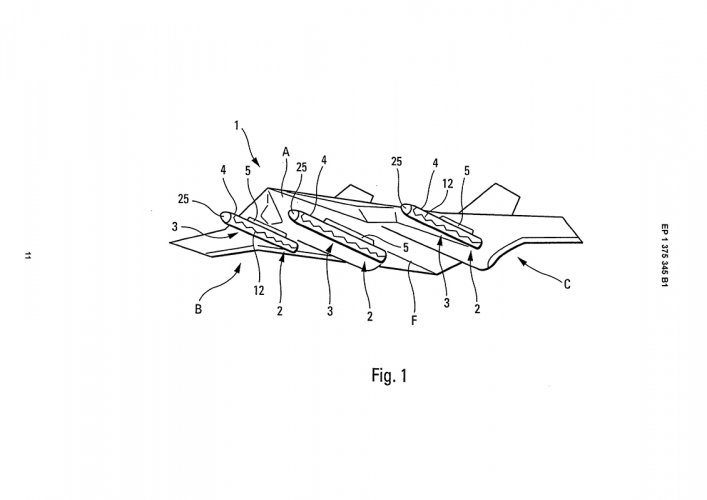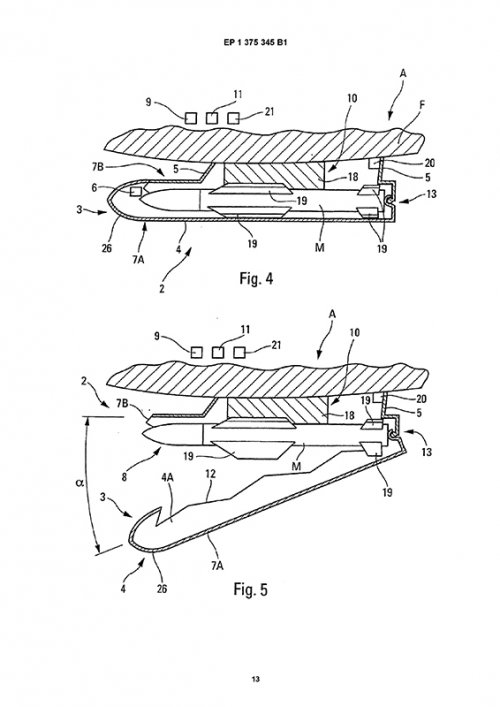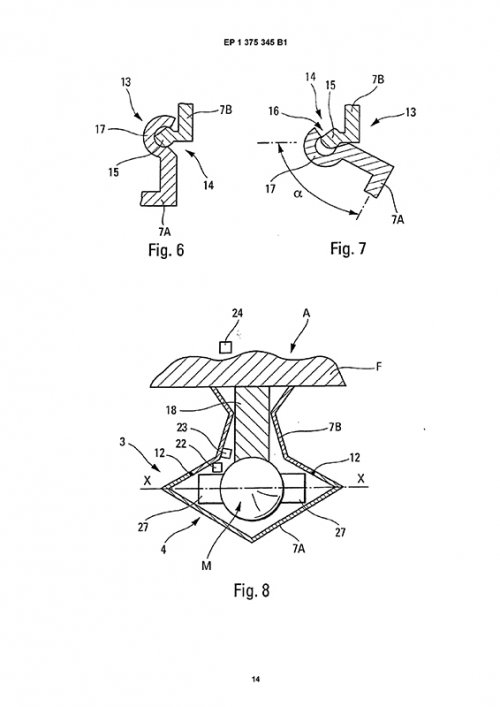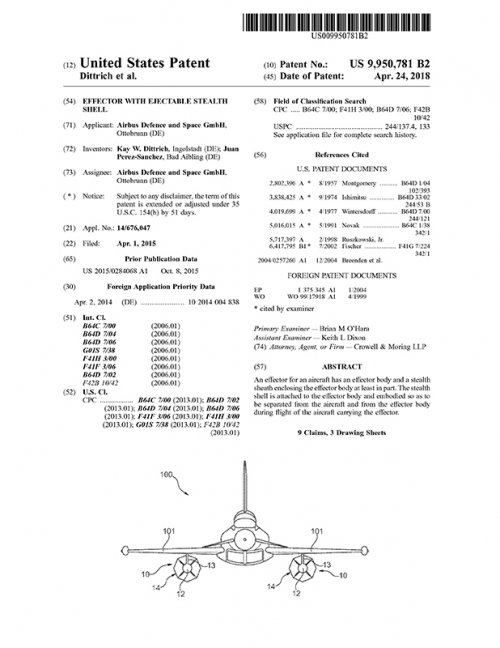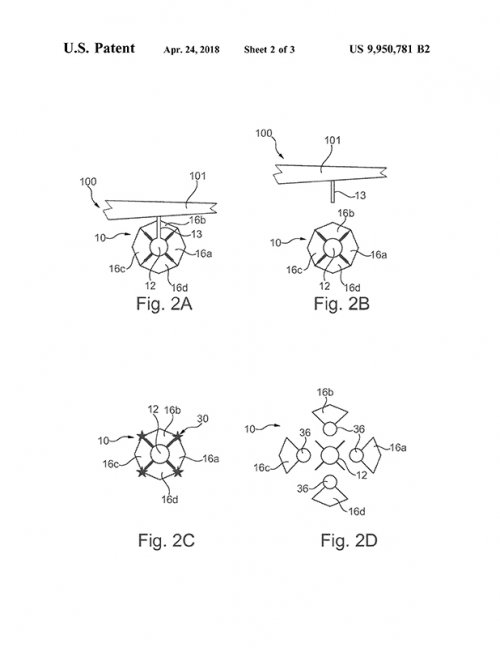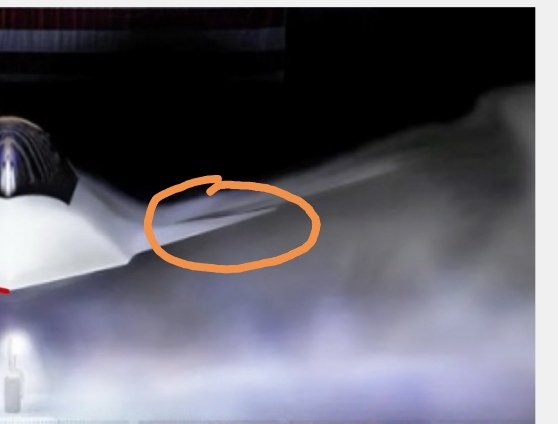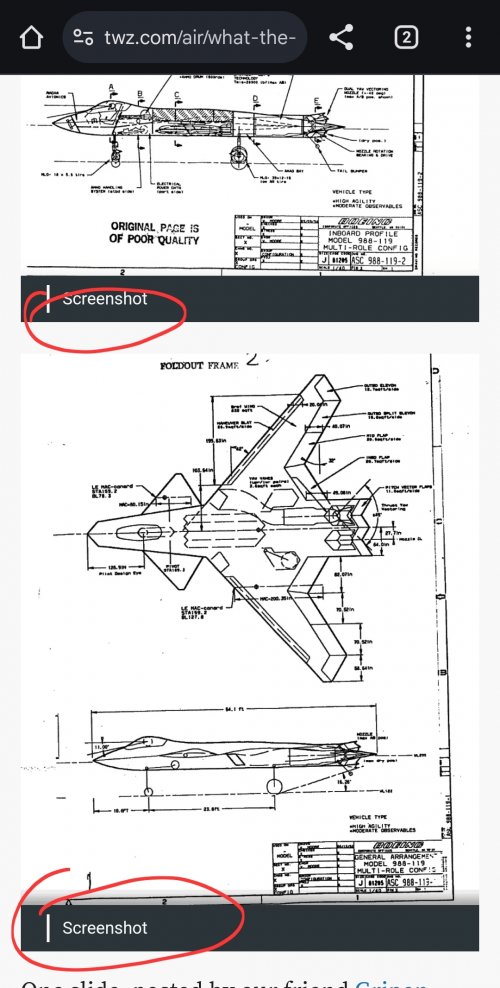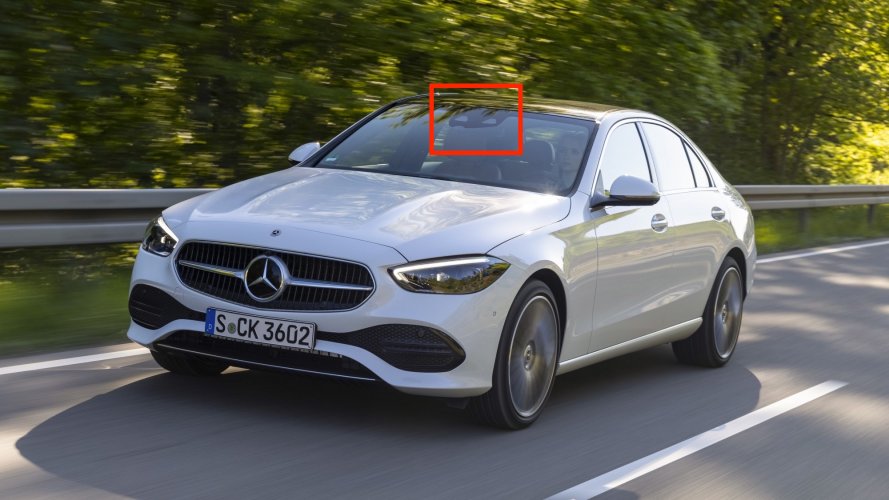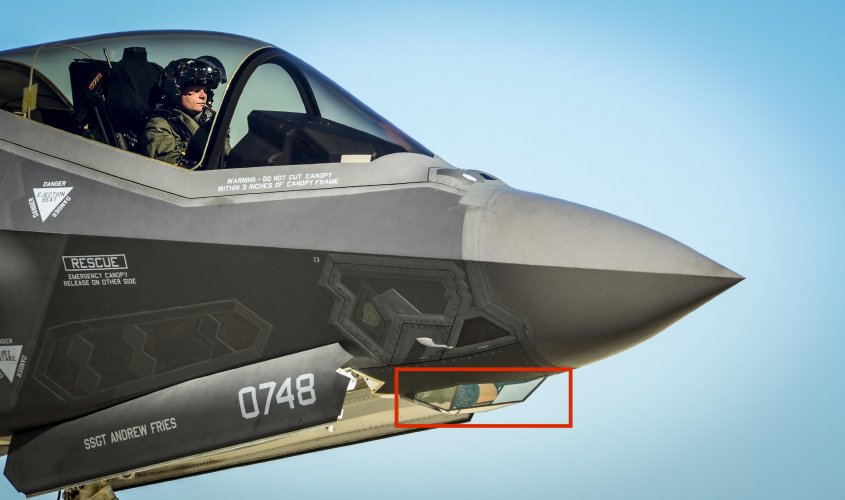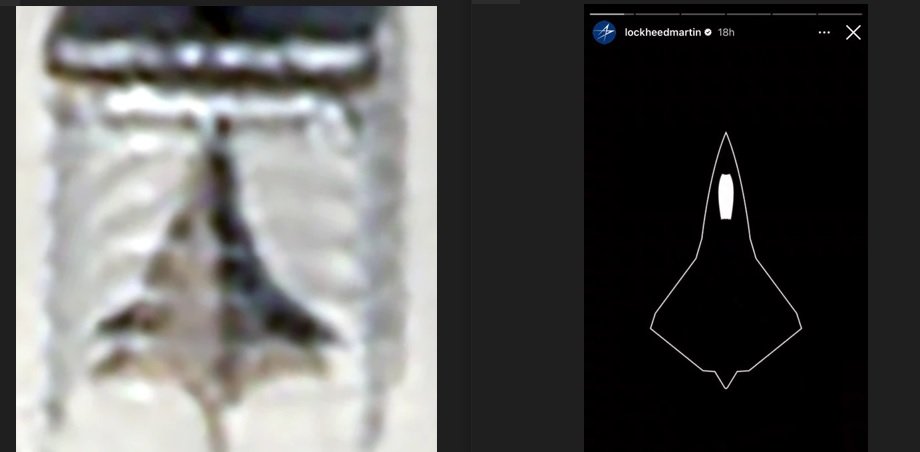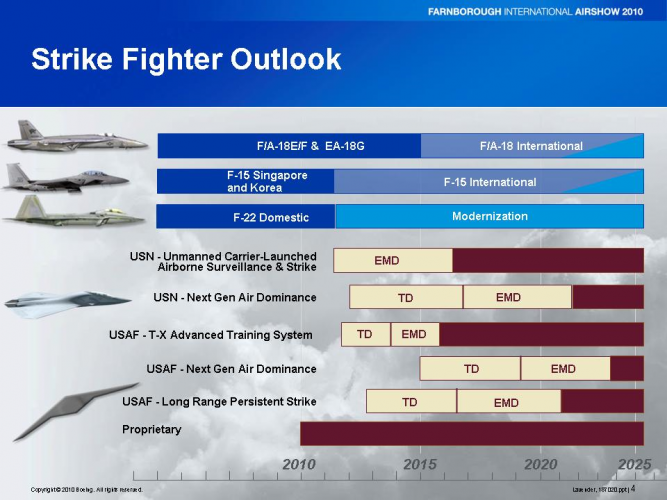To be fair I think the idea of NGAD being a massive F-111 sized aircraft was just speculation, there was no reason to believe that was something DoD was actually pursuing. My guess is NGAD as originally planned was somewhere in the ballpark of ATF sized
Supposedly, the 3-stream engines burn on the order of 30-40% less fuel than F119/F135.
I certainly wasn't expecting that level of improved fuel economy, which is why I was assuming a monster of a plane. I was running off of TF30 fuel economy, and doubling the amount of fuel an F111 carried to get the range.
Hm, why would USN name its carrier-based fighter after the USAF one? Hellcat/Wildcat II would be more suitable, no?
Not sure if Boeing wins, but if Northrop-
Grumman wins it'll definitely be a cat of some kind.
Wildcat was when the USN was struggling against the Japanese, Hellcat was when the USN was winning. So I'm going to go with
Hellcat II if they're recycling names.
The real question is whether F-47 has bays sized for 1,000 lbs or 2,000 lbs bombs tbh.
You mean sized for AARGM-ER/SiAW and JASSM.
This would mean a greater subsonic radius over the F-35A (665 Nmi) , and an increase in overall (Supercruise thrown in) vs F-22A (470 Nmi on internal and 730 Nmi with 2 600 gal tanks). Let's assume a 1,000 nautical mile combat radius requirement on internal fuel with a 100 nautical mile supercruise (or 1200+ nmi without the supercurising element). That's basically 2x the combat radius with Supercruise relative to F-22A and a little less than 2x increase in subsonic combat radius over F-35A.
My guess is that to achieve that, F-47 would need to have somewhere between 25,000 and 30,000 lbs of internal fuel. Now looking at a Raptor, weapons and fuel..that's what 62,000-63,000 lbs?..Can you design a high performance, highly stealthy and fast (Mach 2+) air vehicle that includes say 10,000 lbs of additional fuel relative to the F-22A while keeping this within +5-10% of the F-22's weight?
The 3-stream engines burn some 30-40% less fuel than the F119 or F135. So a lot of the increased range is strictly from better engines. Instead of needing some 30klbs of fuel, the plane only needs 20klbs to go that far.
One thing both the USAF and USN are missing, medium theater attack/strike capability and platforms. The USAF had F-111 and the USN had A-6 and A-7. The USN used to have a great mix of platforms for the various missions when I was on CVN-65. F/A-XX will handle CAP and protecting the strike group. The F/A-18s are very good aircraft but you need attack jet-class payloads, even if the USN uses unmanned attack platforms, still gives them that capability that was lost.
Note that the program name for the USN 6th generation plane is
F/A-XX. Fighter-slash-Attack. Just like the F/A-18, and not too far off the
A/F-X A-6/A-12 and Tomcat replacement program that was ground down into the Super Hornet.
So I am expecting a plane more optimized for hauling bombs than fancy maneuvering in a dogfight. Using older terminology for aircraft, it's an Interceptor that can haul bombs (etc).



